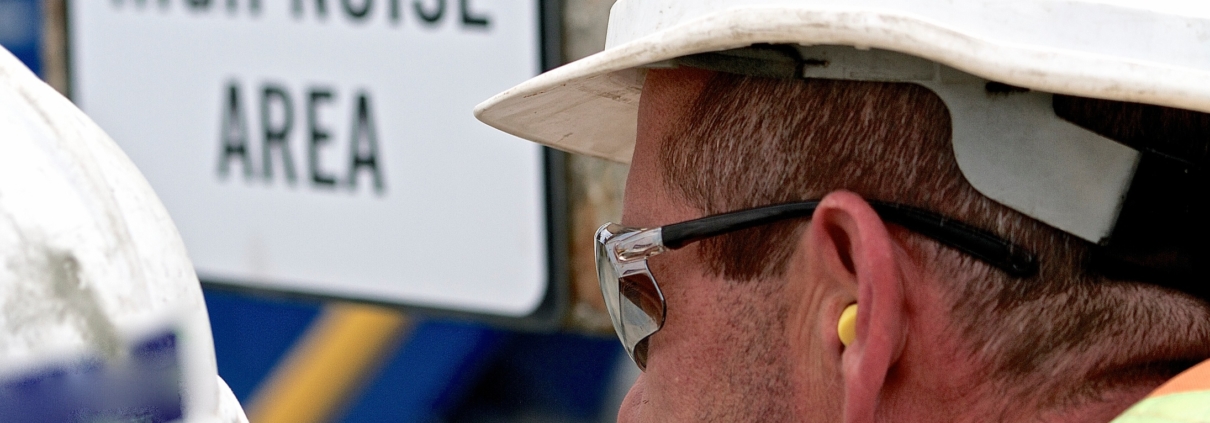THE CONTROL OF NOISE AT WORK REGULATIONS
According to the Hearing Health Foundation, occupational hearing loss is a significant problem in the United States. Over 20,000 workplace hearing loss cases occur each year. About one-quarter, 24%, of hearing loss in the U.S. is attributed to workplace exposure. The annual cost to society is around $26 billion. OSHA requires employers to reduce the risk of damage to employees’ hearing from exposure to noise levels. Here are some key points to controlling noise levels in the workplace.
Know Your Noise Levels
OSHA requires a hearing conservation program when noise levels go over 85 decibels for 8 hours. You need to determine your workplace threshold to know what you need to do to combat that. Eighty-five decibels is considered loud. It’s the equivalent of heavy traffic or the sound of a blender. If you need to raise your voice to speak to someone about 2 feet away, that is considered hazardous noise. Many machines in the office and the workplace create that level of noise, but there are industries more prone to hazardous noise levels. Measure the noise levels with a Noise Level Meter or use an app on your phone that measures decibels.
Train and Inform Employees
Employees need to be aware of occupational hearing loss to prevent it and protect against it. Employers may not be able to reduce the source of the noise, but there are ways to reduce noise exposure. Employees can reduce their noise exposure:
- Take a break from the noise and reduce time in noisy areas.
- Put barriers or increase distance between the source of the noise and the employee.
- Wear hearing protection in noisy areas. Make sure all employees know how to insert foam plugs correctly.
- Provide proper protection equipment that is in good working condition.
Set Up a System to Prevent Occupational Hearing Loss
Occupational hearing loss costs businesses and employees. Workers with hearing loss typically have a lower income. Hearing loss impacts safety, not only on the job but at home. Employers are responsible for medical costs when hearing loss occurs in the workplace. According to the CDC, with prevention strategies and technologies, occupational hearing loss is highly preventable.
- Monitor workers’ hearing levels by requiring an annual evaluation to know if their hearing is affected.
- Track noise levels in the workplace on a regular basis. When it’s over 85 decibels,
- Invest in equipment that is quieter.
- Limit a person’s exposure to loud areas.
- Follow all OSHA guidelines.
- Evaluate hearing protection for effectiveness.
- Maintain records of your efforts to control noise levels and to prevent hearing loss.
- Evaluate the success of your program to improve your efforts.
Protect Your Workforce
Occupational hearing loss is hardly ever reversible. It will be a permanent condition, which will have a profound impact for the rest of the employee’s life. Employers are responsible for providing a safe environment. Construction Safety Experts offers safety consulting services if you aren’t sure where to start or just want to improve your program. We can help you implement a program that reduces the risk of occupational hearing loss in your business. Give us a call at (919) 463-0669 today!








